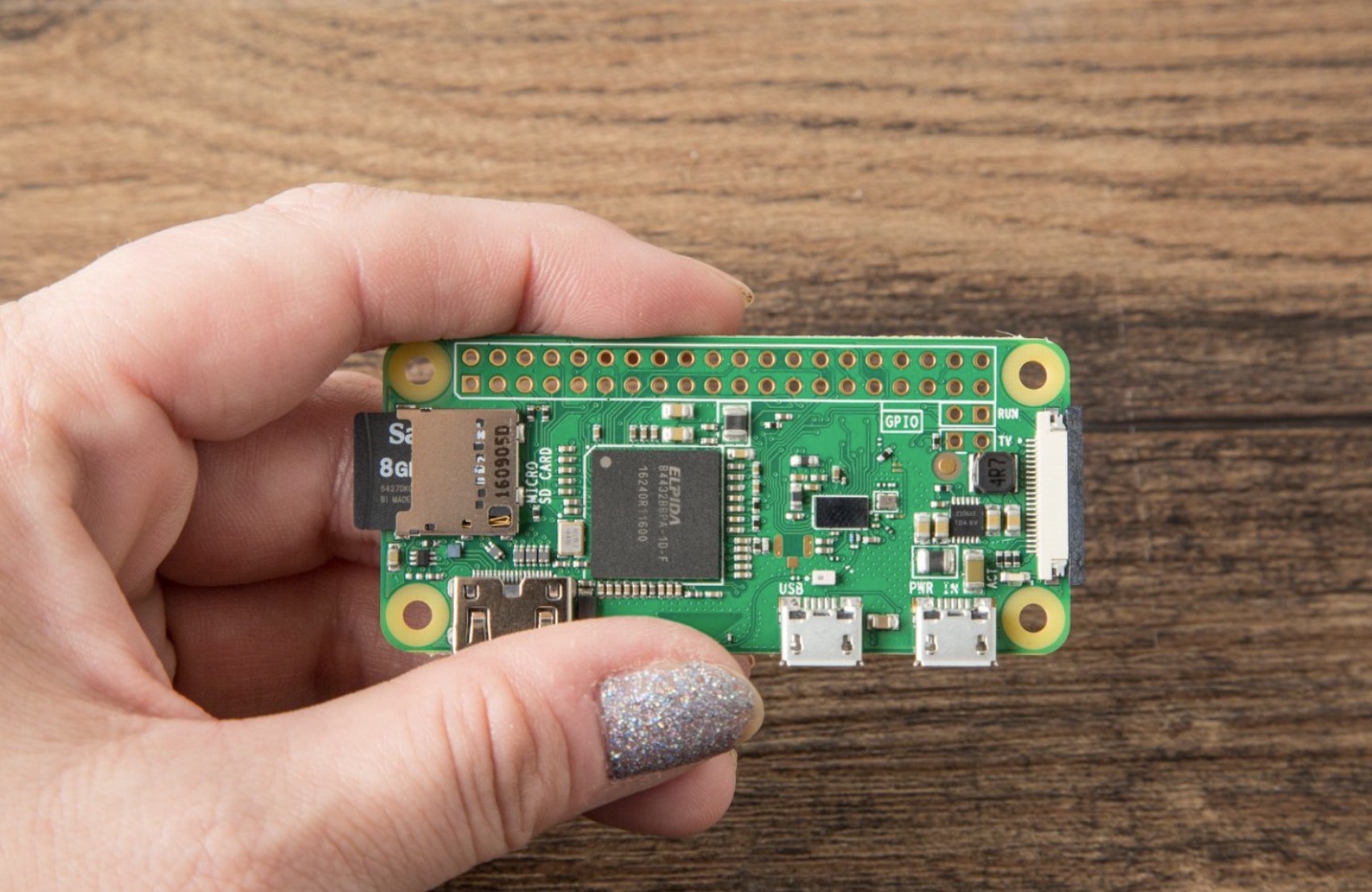

If you're only using one Raspberry Pi on your network, the default be used to connect, but this will fail as you add more devices, so it's worth going with the IP address. There are many ways to do this, but the easiest is to just look in your router's settings for connected devices and locate it there. You also need to find out the IP address on your network for the Raspberry Pi. Before getting started make sure the boot microSD is inserted in the Raspberry Pi and that you power it on. My aim for this tutorial is to establish a connection between the Raspberry Pi Zero and my HC-05 bluetooth module.

This increases the number of possible devices we can interface with the Raspberry Pi Zero W. Ubuntu, for example, has it out of the box, but Debian does not.įor this, we'll be using the standard Windows PowerShell. The small-body version of the Raspberry Pi supports Bluetooth 4.1 which also means it’s Bluetooth Low Energy (BLE) compatible. PowerShell works just fine, but if you have WSL enabled you can also use the Linux terminal assuming you have SSH enabled in it. How To Set Up Pi-hole on Raspberry Pi Zero To Block Ads on Your Network by Yash Wate Stumble At Medium 500 Apologies, but something went wrong on our end. There was a time that you'd have to install a third-party application such as PuTTY to use SSH on Windows, but that's not the case anymore you can simply do it through the terminal. USB OTG Cable Plug the USB OTG cable into the microUSB connector labeled USB on the Pi. Most users will need at least a monitor and keyboard/mouse to get started with the Pi. Connecting Peripheral Devices Next up, connect any peripheral equipment to the Pi. Source: Windows Central (Image credit: Source: Windows Central) Plug the microSD card into the microSD socket on the Pi Zero 2 W.


 0 kommentar(er)
0 kommentar(er)
